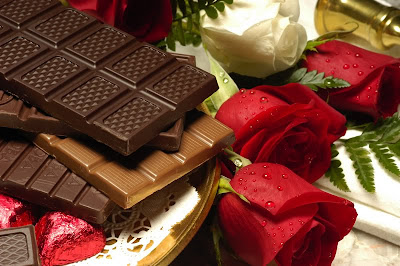Chocolate has been a factor in the battle between life's pleasures and those who would deny them. The real life history of chocolate is filled with contradictory rumors and fairy tales. There are those who have spoken of chocolate's mystical powers and healing qualities. Cocoa beans were thought to have fearsome magical powers by the Mayan Indians and were carefully used in rituals, religious ceremonies and healings by priests. The Maya used cocoa as a treatment for fever, coughs and even discomfort during pregnancy. The Maya were the first to invent a cocoa drink, a hot, mostly bitter beverage. Later, the Aztec Indians improved upon the recipe, sweetening it with vanilla and honey. The first chocolate factories opened in Spain around the 17th century and chocolate was so expensive at that time that it was worth it's weight in silver. Within a few years, the cocoa beverage had become popular throughout Europe and, in about 1520, it arrived in England. The first Chocolate House opened in London in 1657 followed by many others. Chocolate continued to be a popular beverage, often mixed with milk, sugar, vanilla, to produce a rich sweet tasting drink that was served both hot and cold. The first mention of chocolate being eaten in solid form is when bakers in England began adding cocoa powder to cakes in the mid 1600's. Rudolph Lindt of Switzerland produced the first Lindt chocolates in 1879, an innovation that was quickly copied by Nestle. Another Swiss chocolate maker, Jules Sechaud, invented the first filled chocolate in 1913. Filled chocolates were initially filled with praline, caramel or mint, yet it wasn't until after the second world war that fruit and other exotic flavours made their way into boxed chocolates.
THE HISTORY OF CHOCOLATE
Saturday, August 15, 2009 |
Labels:
RECIPIES
Subscribe to:
Post Comments (Atom)















0 comments:
Post a Comment